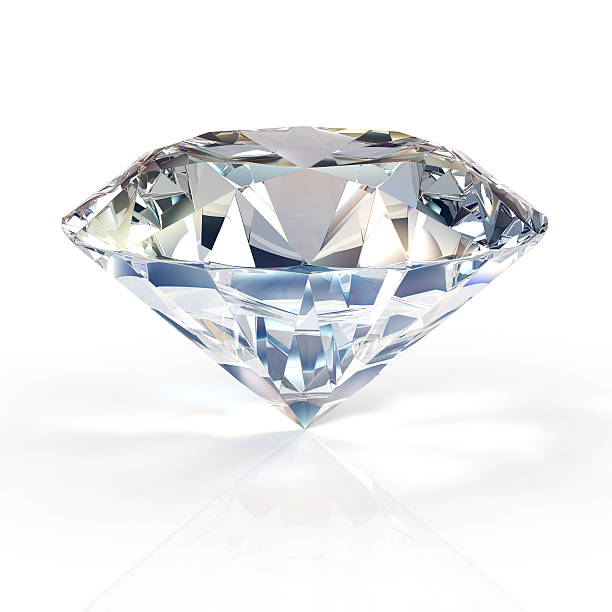The Colorful World of Chrysoberyl Gemstones All Entries

Wide diversity exists in the world of gemstones, giving you plenty of choices for color and texture. Chrysoberyl gemstones are hard, durable, and can be very valuable due to their rarity and amazing color-changing properties. Here are essential facts to know about these beautiful transparent or translucent stones.
Inside Chrysoberyl Gemstones
The world's third hardest mineral is chryoberyl, which is composed of the rare chemical element beryllium (discovered in 1798). Other elements include aluminum and oxygen. The three main types of chrysoberyl gemstones are cat's eye, cymophane, and alexandrite.
Colors of chrysoberyl gemstones include yellow, brown, green, and orange, although in some cases blue-green effects may be visible in daylight. Under an incandescent light, you may also see red or purple shades. The most stunning stones in this family can shift from green to red, depending on the light.
Qualities of Chrysoberyl Gemstones
One of the primary qualities that makes chrysoberyl gemstones stand out is their 8.5 hardness, according to the International Gem Society (IGS). Most fans of these stones gravitate toward the bright yellow or yellow-green versions. Sometimes these stones, however, can be confused as sapphires, which is why it's important to work with a certified gemologist for establishing authenticity and value.
The Greek word "cymophane" appropriately stems from the combined meanings of "wave" and "appearance." The crystal prisms have a hazy mystical look with fine inclusions. In order to see the fine fibers you need a microscope, but their effects can still be appreciated using just your eyes. The cleavage tends to be perfect (or the highest grade) in one direction.
Passion for Alexandrites
Alexanderite is one common chrysoberyl gemstone that is in high demand. Gemstones that have color-changing properties have high demand, partly due to low supply. It's one of the reasons they're so valuable and sell at high prices. An alexandrite falls under this umbrella of desireable chrysoberyl gemstones, as some people call it an "emerald by day and ruby by night." The term alexandrite gets its name from Tsar Alexander II, a nineteenth century emperor of Russia, where the stone was first discovered. It's also found in Sri Lanka, East Africa, and Brazil.
Alexandrites are sought as gifts for 55th wedding anniversaries and June birthdays. One of the gem's mesmerizing wonders that captivates observers is its smooth color change. Some alexandrite enthusiasts invest in treatments to improve the color, clarity and durability. Due to the rarity of natural alexandrites, imitations of the gemstone with synthetic color-change effects are common.
Conclusion
The sharp glassy shine of chrysoberyl gemstones attracts admirers from around the globe. To learn more about these precious stones, how to care for them, and deterimine their value, contact us at Ralph Mueller & Associates in Arizona. Our experts have many years experience in buying and selling a wide range of valuable gemstones.